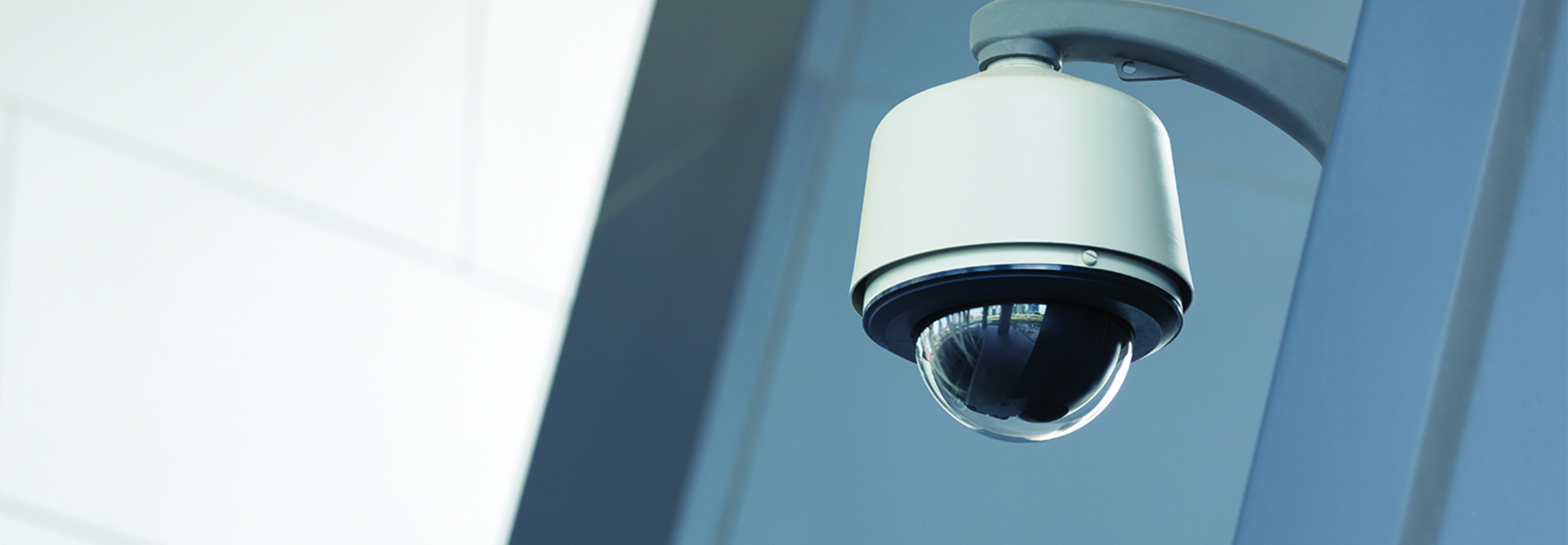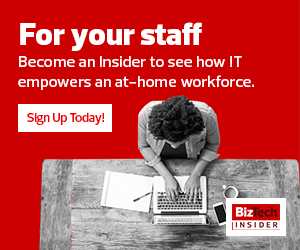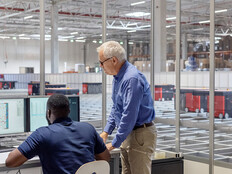Technology That Tracks Point of Entry
Limiting the number of people in a space is a central aspect of social distancing, but in the pre-pandemic working world, there weren’t systems in place to track and contain that information. That’s changing as businesses prepare to return to office spaces, and organizations are looking at new ways to control people coming in and out of buildings.
One emerging solution for this is Philips PeopleCount. This tool uses cameras positioned at the point of entry to count the number of people who cross that threshold. An app is used to set the maximum number of people allowed, and when that number is approached, it triggers a display similar to a traffic light — turning yellow, then red when the limit is met. The stand-alone tool can be used for multiple entry points.
Other providers are developing similar tools, like Dynamic Notification from Bosch. As with PeopleCount, cameras are used to monitor people coming into the building, office or store, and a pedestrian traffic light is triggered to reflect a predetermined limit. The Bosch system has more analytics capabilities, as well as an audio component that can play prerecorded messages when triggered.
DISCOVER: Learn more about how to prepare your office for returning employees.
New Tools That Track Employee Contact
While limiting the number of people in a given place is important, it’s not always enough to protect employees. To be able to truly ensure health and safety, it’s also crucial to be able to track behaviors and contacts in the event someone falls ill. That’s one reason why many states are using contact tracing capacity as one of the factors to determine whether they are ready to move into a new phase of reopening.
This is another thing that businesses in the pre-pandemic world never had to consider but that is vital to a safe office reopening. This can be a particularly daunting task for a larger organization, but tech is stepping up to help. Zebra has developed MotionWorks Proximity, a tool that helps businesses track how close workers are to each other, keeping a record of encounters that employers can reference later if an employee falls ill. The data is also maintained and reported in dashboards to make it simple to identify insights and trends.
Alerting employees when they are too close to one another or when they have gathered in groups of 10 or more can also help limit exposure, and that’s one of the perks of Samsung’s new social distance management solution. This system involves outfitting a workforce with smartwatches that can alert employees when they’re too close and remind them to sanitize properly. The data is recorded and stored in the cloud so it can be retrieved if the organization needs to trace the activities of a sick worker.
Returning to the office in some form is inching closer to reality for many businesses, and it’s crucial that they be able to maintain a safe and healthy environment for their workers. While the specifics of the new normal are still unclear, these emerging tools can help organizations begin to plan for the future of work.











